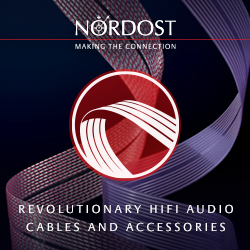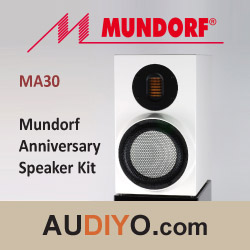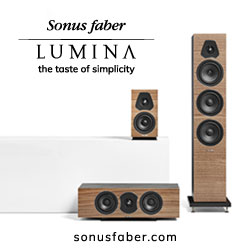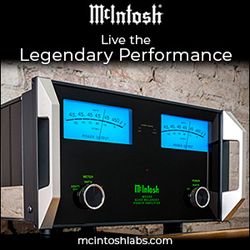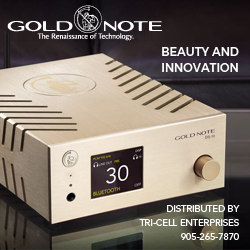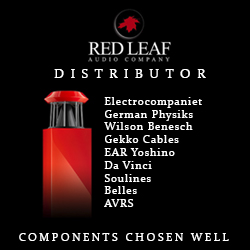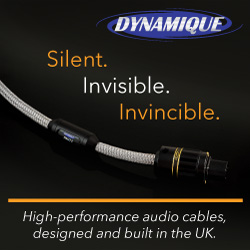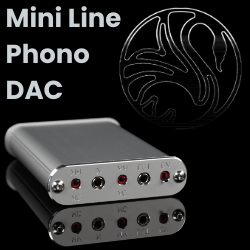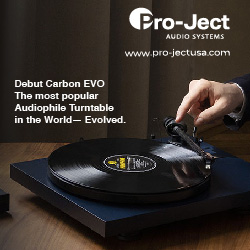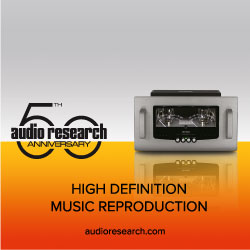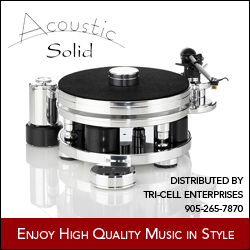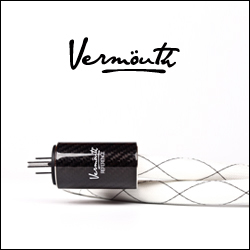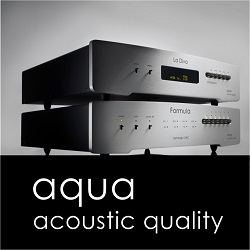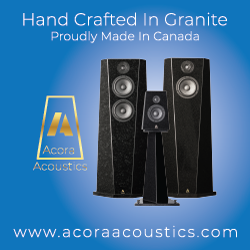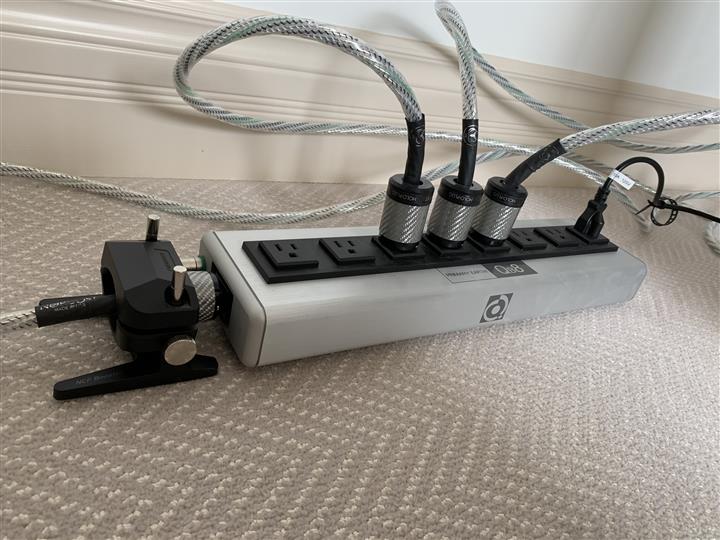
Above: Furutech’s NCF Booster in action with the Nordost QBASE QB8 Power Distributor.
Q: What do you do when you’ve assembled a system you love, and you’ve optimized the sound in your room?
A: You look at tweaks.
Today we’ll look at some interesting new tweaks from Furutech. I have on hand two types of NCF Boosters. The original NCF Booster is designed to hold power cables in place, and the NCF Signal Booster is a scaled down version designed for interconnects and speaker cables.
What is Furutech’s NCF (Nano Crystal² Formula)?
NCF is comprised of a special crystalline material that has two “active” properties. First, it generates negative ions that eliminate static and secondly, it converts thermal energy into far-infrared. Furutech then combines this remarkable crystalline material with Nano-sized ceramic particles and carbon powder for their additional “Piezo Effect” damping properties. The resulting Nano Crystal² Formula is the ultimate electrical and mechanical damping material – found only in Furutech products.
This isn’t the first NCF product I’ve had in house. That honour goes to the wall outlets on the dedicated power lines to my listening room. You can also find it in Furutech’s power plugs, power connectors and power distributors.
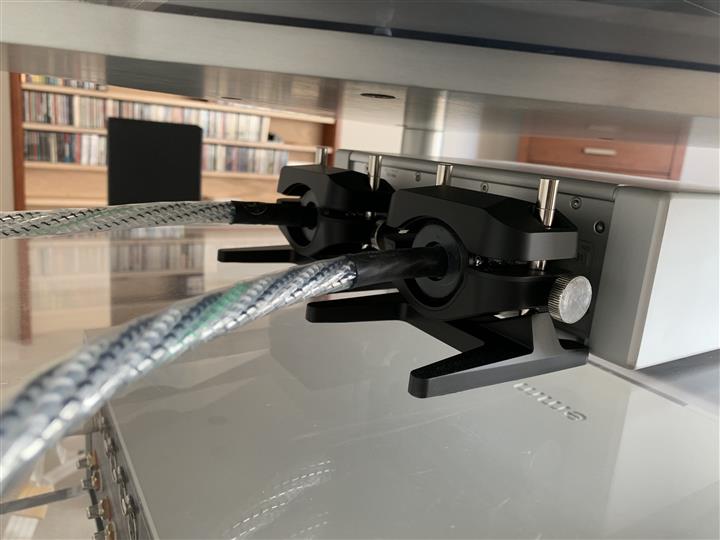
Let’s deal with the NCF Booster first. I used it to grip the IEC power connectors in place at the rear of my Nordost power distribution box and each of my electronic components: CD Player, Preamp and Amp. If you just plug the cable in, you will notice a lot of vertical play as you jiggle the cable. I didn’t use one at the plug (exposed contact) end of each power cable, because I didn’t have enough NCF Boosters, and because the plug end has very little play in most circumstances. Let’s face it, the IEC connectors we all use are very poorly designed for high end audio use, and very few of us are using the much more mechanically stable 20amp IEC connector found on a few high-end amps such as the Boulder 1160 shown here:
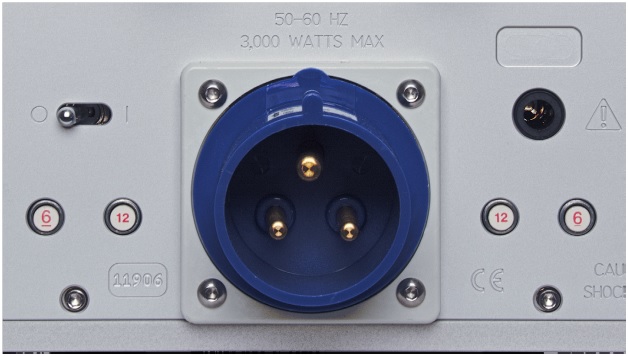
The NCF Booster allows you to clamp the connector at exactly the right angle, and that alone is a major gain in mechanical integrity. But by making use of the NCF material in the clamp, we convert mechanical energy which would normally go into vibrating the cable into harmless thermal energy, and we eliminate the effects of static, which I am bound to say have not affected me in any way I’m aware of.
In practical terms, the NCF Booster has a weight base with asymmetrical legs. The shorter legs face the component, so it can be placed very close to it, and the longer legs face away and provide balance to prevent tipping. Two rods stick up supporting a semicircular grip, with two knobs that can be tightened at any position on the rods to support the bottom of the cable so the connector is held in the perfect horizontal position. The top part of the clamp, also with a semi-circular cut-out fits over the connector and the clamping is provided by the weight of the upper clamp combined with the tension from a strong elastic loop that pulls the top clamp down towards the bottom. In this way the power connector is held gently but firmly in place, no room to shift up or down and with any vibration fully damped. It’s a simple but effective mechanism, superbly well executed and simple to adjust in place. The profile is not exactly semi-circular above and below, which would give you a circular aperture ideally suited only to one particular diameter of connector. Instead it is stretched horizontally so that any reasonably sized connector can be accommodated, and the two parts of the clamp will not normally touch each other. If the power connector plugs in high on the component, you may find the rods are not long enough to support the connector properly. In that case you can buy extensions to give yourself extra height, and these can be daisy chained for the tallest components.
Does it work?
Yes, it does work, at least in my reference system. The image is more stable and it seems to maintain its quality better as the volume is increased. There is also a modest gain in instrumental color. It’s not night and day, but it is a useful and noticeable difference, enough to convince me to buy one NCF Booster for each component in my system.
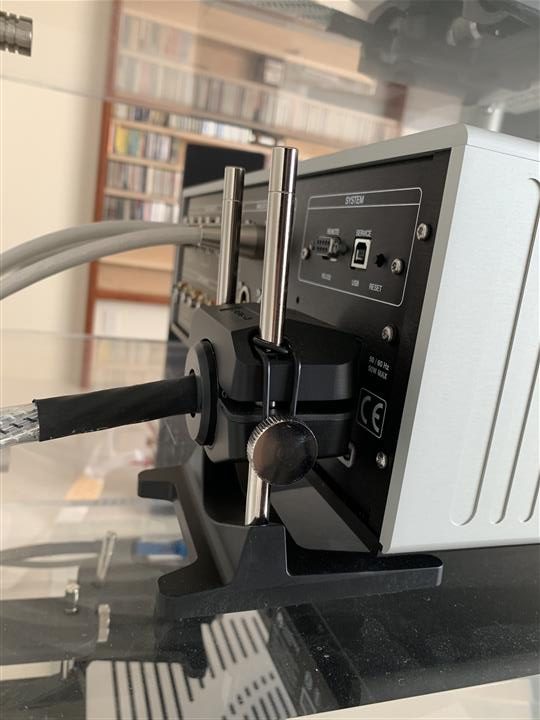
And how much does it cost?
Each NCF Booster retails for $450 US. And a set of ten extension shafts will run you $42 US. That’s quite a lot of money, so I think we can safely say this device is not a bargain, and likely it should not be considered unless you already have a well curated high-end system. In that case, you may consider the money well spent. It will be a very personal choice. I recommend you ask your dealer if you can try one or two at home before you buy or find some other way to experiment.
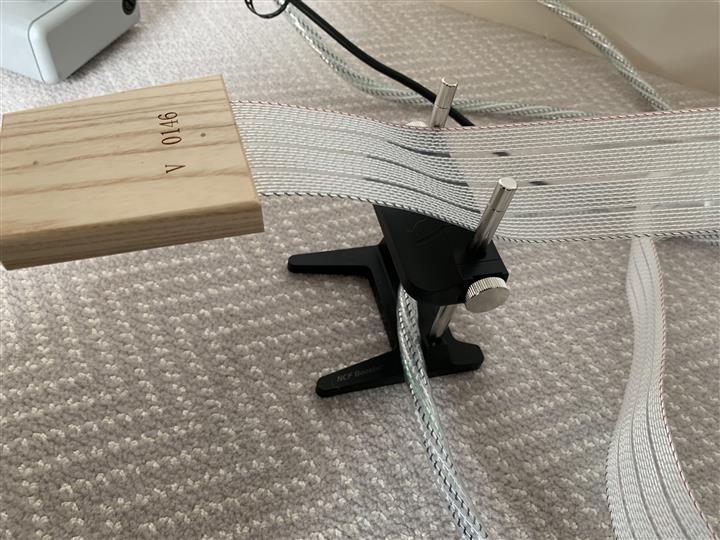
Now let’s look at the baby brother, the NCF Signal Booster ($272 US each). These share the same base and rods as the original NCF Booster, but the two-piece clamp is replaced by a single, much lighter, flat support bar. You can use this to lift a cable at some point on its length, or to route a signal cable or even two (one on the base, one on the support bar) to keep cables from touching in your system. You can also use them to support a signal cable near the component. As a reviewer, I often have more components set up than you might think, so I can compare two DAC’s against each other and so on. I find the NCF Signal Booster useful to organize the maze of wires connecting all my components, but perhaps because my Nordost Valhalla 2 cables are extremely well shielded, I didn’t notice any significant audible gain from introducing the NCF Signal Boosters into my system. Some very high-end cables are deliberately not fully shielded, as the designer may find that shielding itself has adverse effects on the sound quality. If that’s the case, you may find the NCF Signal Boosters a very good way of dressing your cables to keep power cables from touching interconnects or speaker cables, and hence optimize the sound of your system. There are other cable lifters out there, and if you do need some, these are beautifully built, very stable and easy to use, and should certainly be on your short list.
For more info, please visit www.furutech.com

